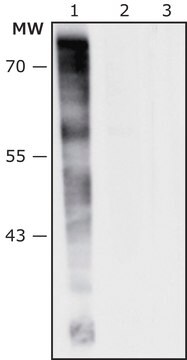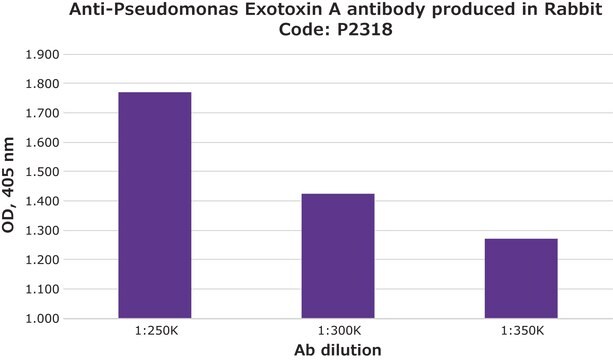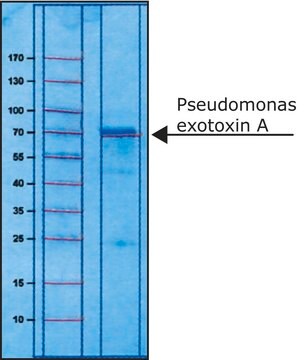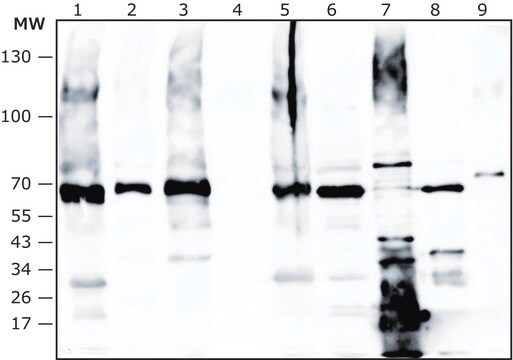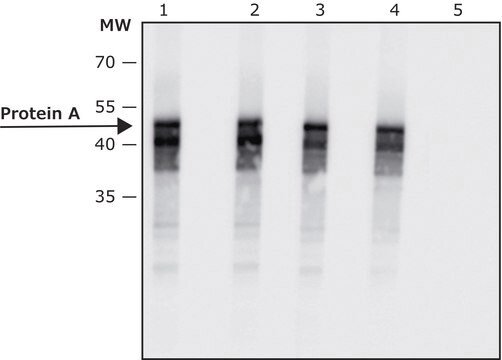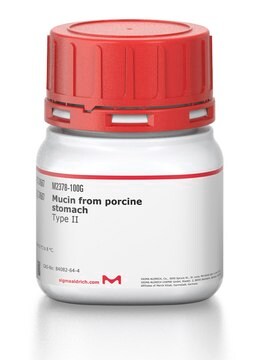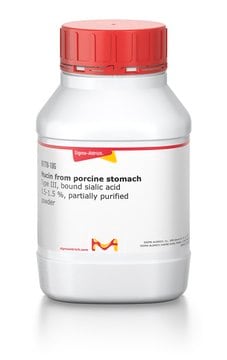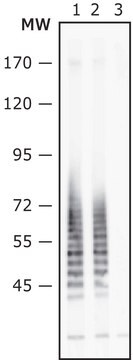SAB4200871
Anti-Pseudomonas aeruginosa Exotoxin A antibody, Mouse monoclonal
clone EXO-68, purified from hybridoma cell culture
Sinonimo/i:
ETA, PE, Pseudomonas Exotoxin A
About This Item
Prodotti consigliati
Forma dell’anticorpo
purified from hybridoma cell culture
Livello qualitativo
Clone
EXO-68
Stato
liquid
Reattività contro le specie
Pseudomonas aeruginosa
Concentrazione
~1 mg/mL
tecniche
ELISA: 2.5-5 μg/mL using Exotoxin A from Pseudomonas aeruginosa for coating.
immunoblotting: 0.125-0.25 μg/mL using exotoxin A from Pseudomonas aeruginosa.
Isotipo
IgM
Temperatura di conservazione
−20°C
modifica post-traduzionali bersaglio
unmodified
Descrizione generale
Specificità
Applicazioni
Azioni biochim/fisiol
Stato fisico
Stoccaggio e stabilità
Esclusione di responsabilità
Codice della classe di stoccaggio
12 - Non Combustible Liquids
Classe di pericolosità dell'acqua (WGK)
nwg
Scegli una delle versioni più recenti:
Certificati d'analisi (COA)
Ci dispiace, ma al momento non ci sono COA disponibili online per questo prodotto.
Se ti serve aiuto, non esitare a contattarci Servizio Clienti
Possiedi già questo prodotto?
I documenti relativi ai prodotti acquistati recentemente sono disponibili nell’Archivio dei documenti.
Il team dei nostri ricercatori vanta grande esperienza in tutte le aree della ricerca quali Life Science, scienza dei materiali, sintesi chimica, cromatografia, discipline analitiche, ecc..
Contatta l'Assistenza Tecnica.
